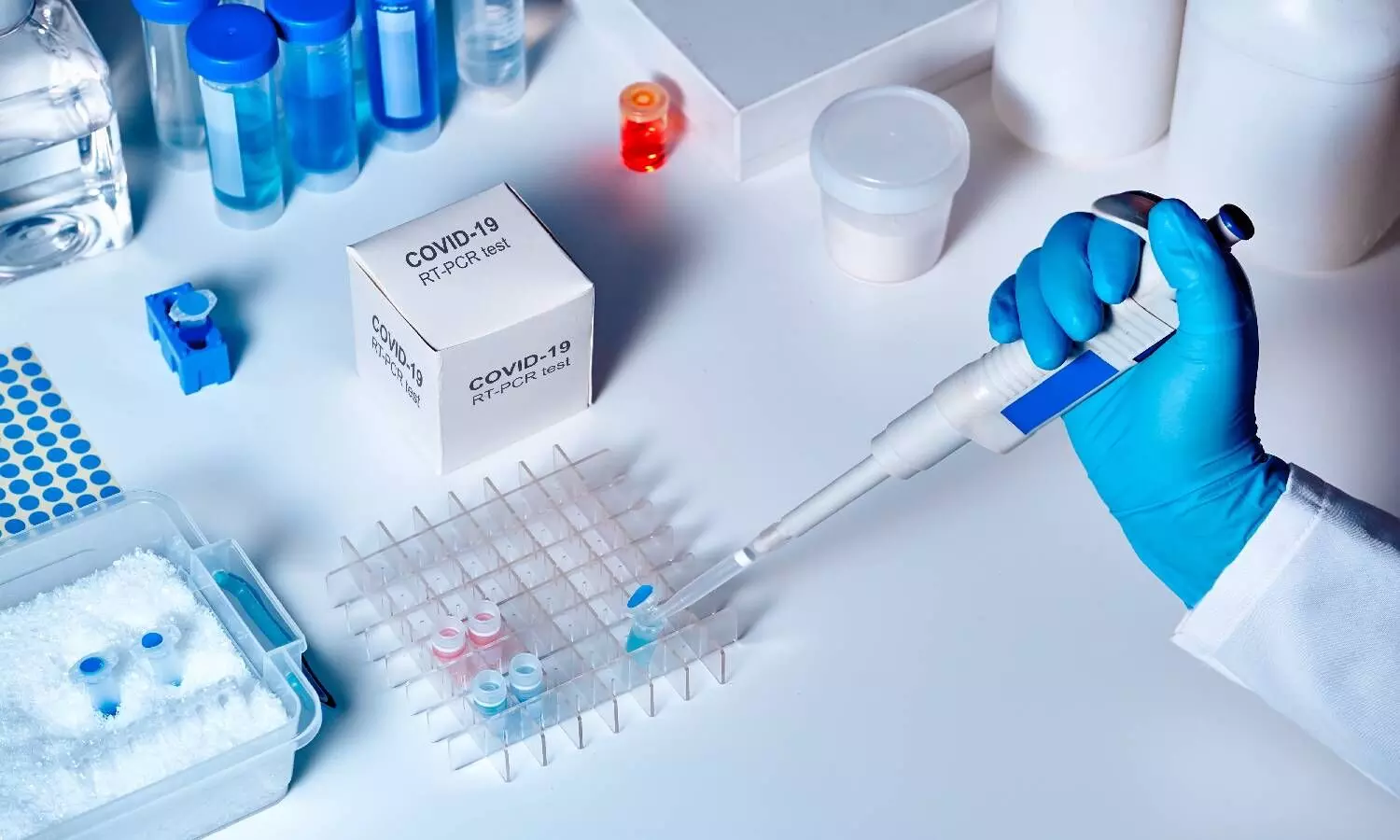What is Ct value and how does it determine your COVID-19 test?
A patient having a Ct value less than 35 is considered COVID-positive while a patient having a Ct value of 35 or more is considered COVID-negative.
By Newsmeter Network
Hyderabad: An RT-PCR report of a patient who tested positive for COVID-19 showed a 16.59 Ct value and mentioned her high viral load. What does this Ct value suggest? What is the safe range of Ct value? Does Ct value determine the severity of the disease?
Ct value provided by an RT-PCR test determines whether a person is COVID-positive. A Reverse Transcriptase-Polymerase Chain Reaction (RT-PCR) test is considered the gold standard test for detection of SARS-CoV-2.
During an RT-PCR test, a nasal or an oral swab sample is collected from a patient. RNA is extracted from the sample and converted into DNA. The DNA obtained is then amplified or multiple copies of the same DNA are created in a machine called Thermocycler so as to clearly detect the viral presence. The amplification process is done in a series of cycles – like one becomes two, two becomes four, four becomes eight, etc.
According to the ICMR definition, the cycle threshold or Ct value of an RT-PCR reaction is the number of cycles at which fluorescence of the PCR product is detectable over and above the background signal. In simple words, the Ct value is the number of cycles after which the virus can be detected.
The ICMR, from its studies and based on inputs from various laboratories, fixed 35 as the Ct value cut-off. A patient having a Ct value less than 35 is considered COVID-positive while a patient having a Ct value of 35 or more is considered COVID-negative.
Ct value and COVID severity
The Centre for Disease Control and Prevention (CDC) confirms an association between Ct value and the amount of genetic material in a patient's sample. At the same time, CDC rules out any kind of association between Ct value and viral load or to determine the level of infection or to decide a person's release from isolation or quarantine.
According to ICMR advisory, theoretically, the Ct value is inversely proportional to the amount of genetic material (RNA) in the starting sample and lower Ct values generally correlate with high viral load and vice-versa. It is being assumed by some researchers or clinicians that a high viral load directly correlates with increased infectiousness and severity of the disease. But there are no reliable studies to definitively prove a direct correlation between COVID severity or infectiousness and Ct values.